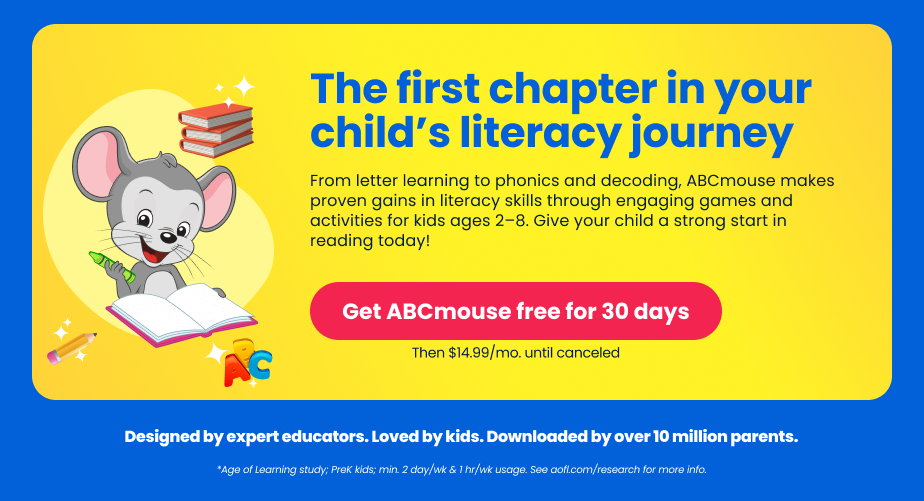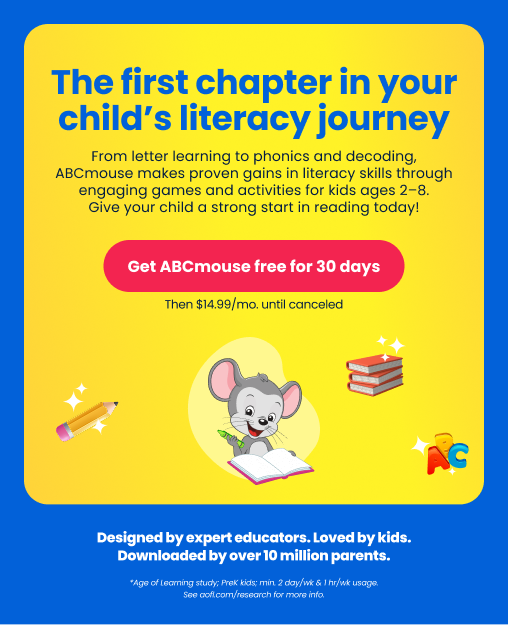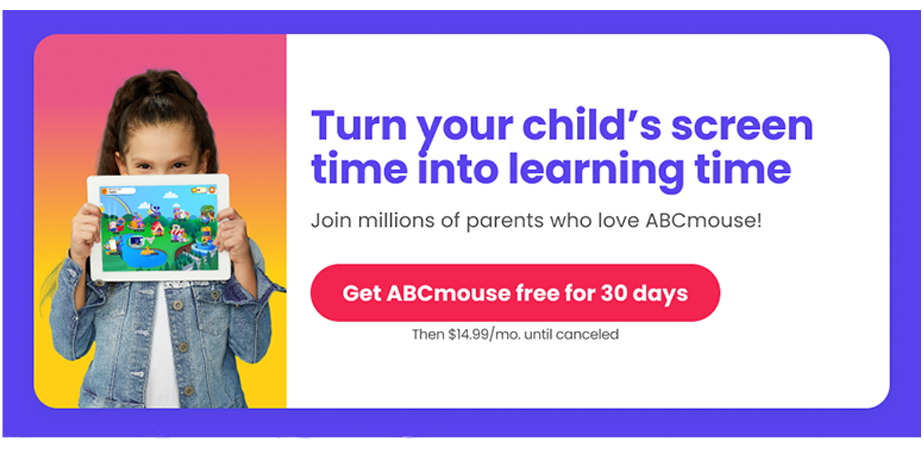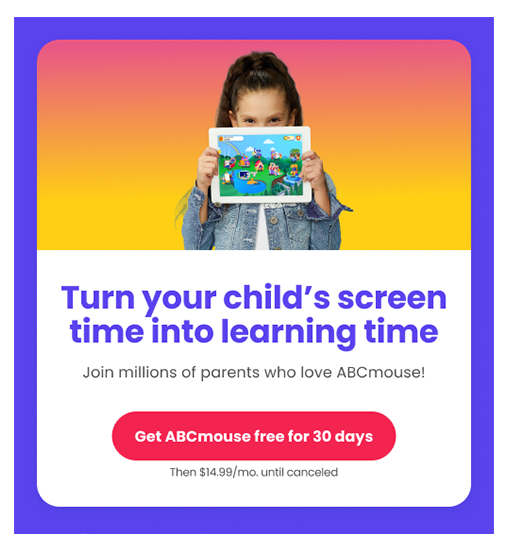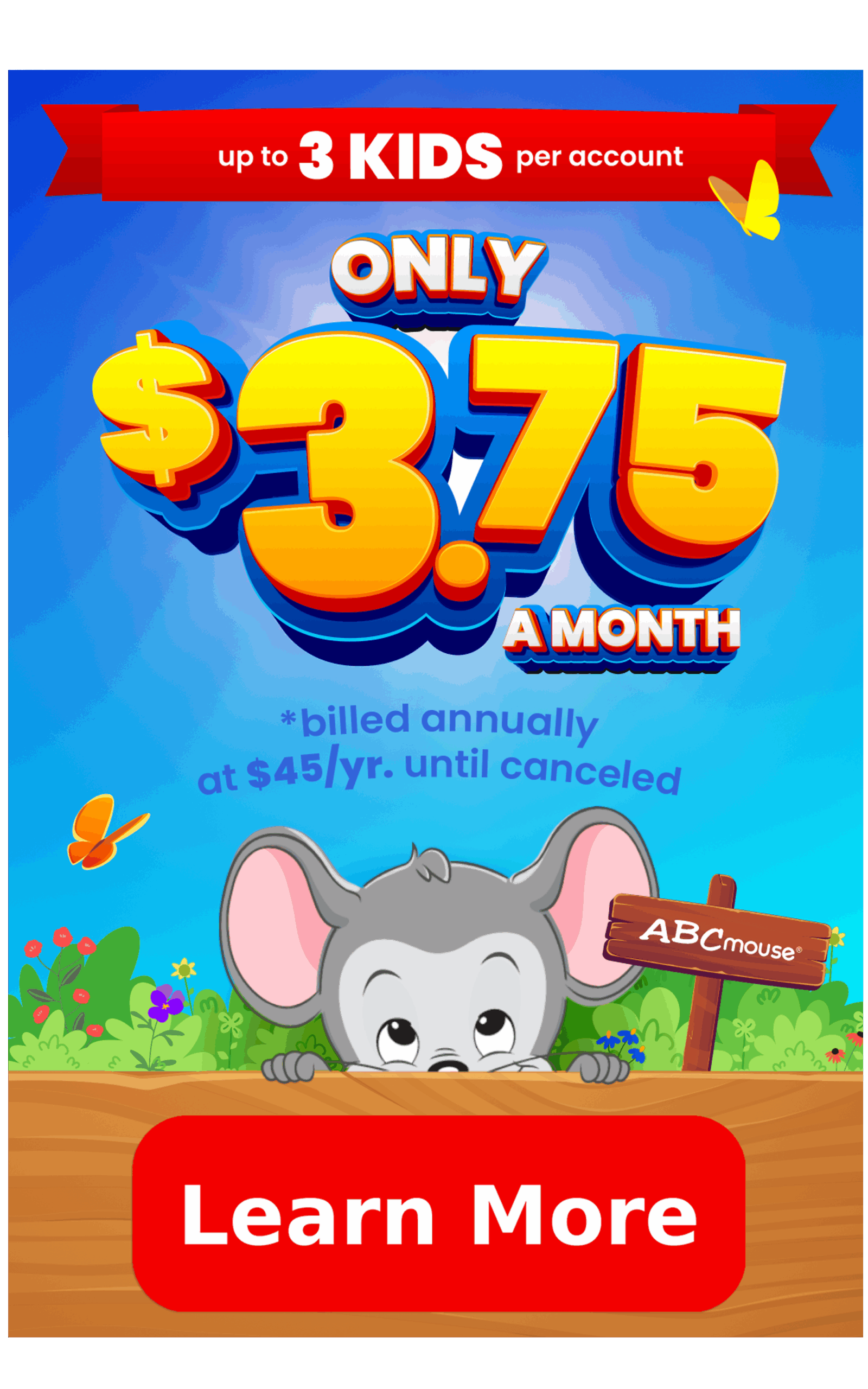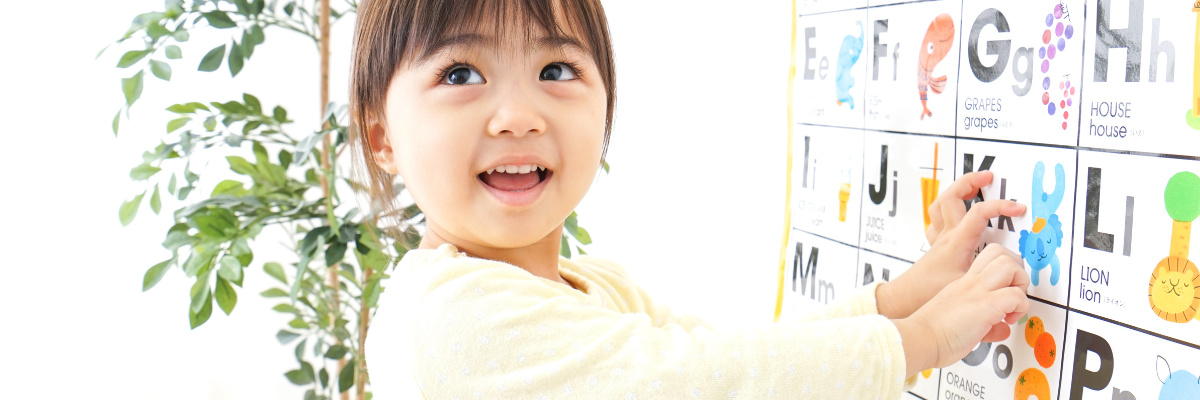
What Are Consonants and Fun Ways to Teach Them
Help your child understand consonant letters and get great tips and activities for teaching them.
As your child becomes comfortable with the letters of the alphabet, the next step is helping them learn the differences between vowels and consonants. Here’s everything you need to know about consonants and ways to help your child understand how they differ from vowels.
What Are Consonant Letters?
In English, vowels are the letters a, e, i, o, u, and sometimes y. Consonants are all the other letters in the alphabet. Fourteen consonants have only one sound: B, F, H, J, K, L M, N, P, R, T, V, W, and Z. However, seven consonants can have more than one sound: C, G, D, S, Y, and X.
Consonant sounds are made by blocking air using your teeth, tongue, or lips. For example, say the word “pad” and emphasize the beginning consonant sound “puh” while holding your hand in front of your mouth. Notice how you make the sound by bringing your lips together to block air.
For other consonants, you use the positions of your teeth or tongue to block the air. To see this in action, begin to say the letter /k/ and freeze your mouth in position. The back of your tongue is now touching the top of your mouth (known as the “palate”), blocking the airflow.
Vowel sounds don’t block the air flow. Try saying the various vowel sounds (like “ah” or “oo”) with your hand in front of your mouth. The air continues to flow no matter what vowel sound you make.
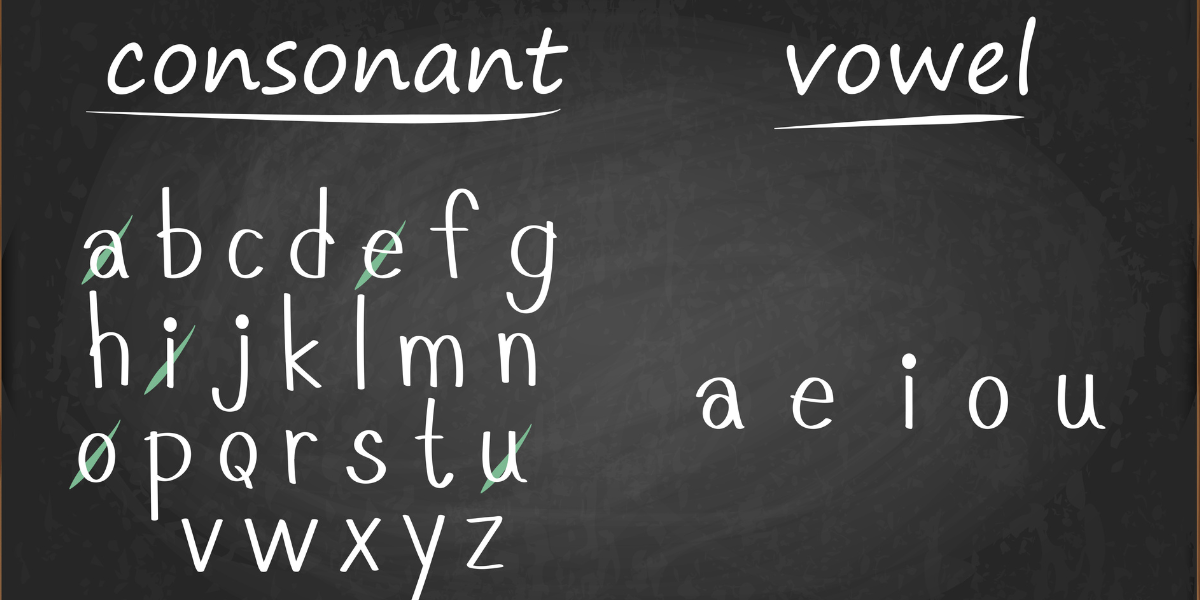
*What About Y?
Y is a tricky letter, because while it’s technically a consonant, it can also be used to stand for a vowel sound in certain situations. Generally, when Y is at the beginning of a word, it stands for a consonant sound and makes the “yuh” sound, as in yellow. If it’s in the middle of a word, or at the end of a syllable or word, it usually stands for a vowel sound, such as a long /e/, long /i/, or short /i/ sound, as in happy or system.
Voiced Consonants vs. Unvoiced Consonants
We can break consonants down further into two groups: voiced and unvoiced. When speaking, you use your vocal cords to make a voiced consonant sound. An unvoiced consonant sound doesn’t need your vocal cords.
Try This: Lightly place a finger on your throat when you make a consonant sound. If you feel vibrations, the consonant is a voiced sound. (All vowel sounds are also voiced.) Unvoiced consonant sounds will not make your throat vibrate.
- Voiced: b, d, g, j, l, m, n, r, v, w, y, z
- Unvoiced: p, t, k, f, s, h
Here’s an example: Say the word “pat,” breaking it into its individual sounds: /p/ /a/ /t/. When you say /p/ and /t/, your throat will not vibrate. It will vibrate when you say /a/. Now try this again, with the sounds of the word “bad” – /b/ /a/ /d/. All three of these make your throat vibrate, so they’re all voiced.
Another easy way to tell the difference? Try singing! You can sing voiced consonants and vowels, but not unvoiced consonants. Try singing a scale using “la-la-la,” and then “ta-ta-ta.” You can connect the la-la-las, but not the ta-ta-tas.
Do Any Consonants Stand for More Than One Sound?
You probably know that vowels can stand for more than one sound (long and short sounds, among others), and some consonants stand for multiple sounds too. We’ve already mentioned the letter Y, which stands for a consonant sound and a vowel sound. Here are other consonants that stand for multiple sounds.
- C has a hard sound, /k/, as in cookie, and a soft sound, /s/, as in city.
- G also has hard and soft sounds. The hard sound /g/ is found in rag, while the soft sound /j/ is heard in cage.
- S can make three sounds. In words like snake, it makes the simple /s/ sound. In rose, it makes a /z/ sound. And in some words, like sugar or sure, it makes the /sh/ sound, even without the h as part of the spelling.
- X can also make three different sounds. At the end of words like fix, it makes a /ks/ sound. In the middle of words, like exact or exam, it makes a /gs/ sound. And when it’s at the beginning, X makes a /z/ sound, as in xylophone.
- T makes three sounds too. Usually it makes the standard /t/ sound, as in top or cat. But in combination with the letters -ion or -ial, it makes a /sh/ sound, as in fiction or financial. And in some words, T can sound like /ch/, as in nature.
- Z has two possible sounds: /z/ as in zebra, and a softer /zj/ as in seizure.
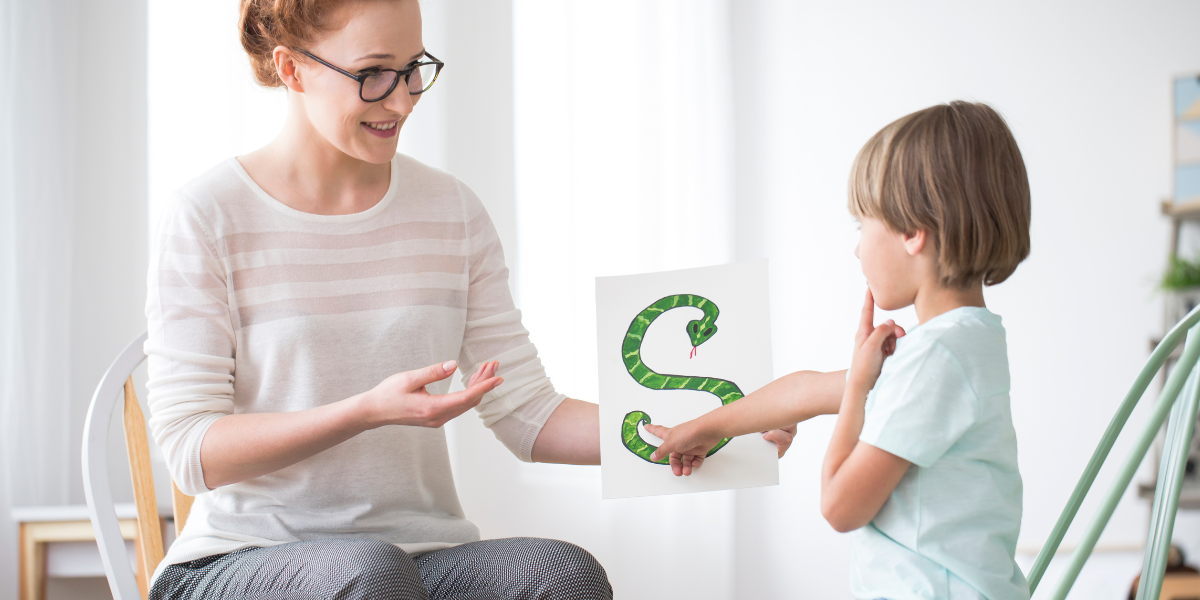
How Can I Help My Child Pronounce Consonant Letters Accurately?
Learning the different sounds of some consonants takes practice and can feel tricky for children. However, it’s an essential skill to master. In order to spell, children must hear the sounds in words clearly and, in order to read, children must recognize then blend together the sounds that consonants stand for. That’s why it’s important to spend time helping them grow a true understanding of these letters and all the different sounds they can make. Try the following tips as you teach and practice with consonants:
Use visuals to sort consonants from vowels
Look for alphabet letter magnet sets in which the vowels are a different color from the consonants. Sort these letters with your child and use them to talk about the differences. After they have more experience, have them practice sorting letter tiles or cards that aren’t color-coded to show their mastery.

Focus on individual sounds
As you work with consonant sounds, be sure you’re separating them from vowel sounds. For instance, if you’re working with the letter b, be sure you’re saying /b/ and not “bee” or “bah.”
Break words down into their constituent sounds with your child. Together, say /m/ /e/ /t/ or /s/ /t/ /o/ /p/. This builds a skill known as phonemic awareness, which is the ability to hear and identify individual sounds in words.
Feel the differences
Have your child do the exercises shown above while holding their hand in front of their mouth or while holding their hand on their throat to feel vibrations. As they say different letter sounds, ask them to think about the positions of their lips, teeth, or tongue for each one. Play around with moving your tongue or lips as you make sounds to see how they change.
Use a mirror
Look into a mirror with your child as you make different sounds to see what you notice. Is your mouth open or closed? Does your tongue touch your teeth or the roof of your mouth? Try to notice the very small differences that make various vowel or consonant sounds.

Start with the most common sounds
Although multiple consonants make more than one sound, it’s best to start with the most common sounds as you teach your child. For instance, when you teach the letter t, just focus on the /t/ sound first.
The exceptions are c and g, which kids will encounter very early in their reading journey. Teach your child both the hard and soft sounds of each of these consonants fairly early on.
What Order Should You Introduce Consonant Letters?
There are a variety of opinions on the best order for teaching consonants. Some prefer to group them by voiced and unvoiced types, while others arrange them by how easy or difficult they are to say or learn.
Research indicates it’s best to begin with the more commonly-used consonants, which gives new readers a boost and enables them to read simple sentences right away. Remember that all kids learn at their own pace, and there’s no need to rush. You can introduce two to four new letters a week, but don’t worry if your child needs to work at a slower pace.
ABCmouse recommends the following order and grouping for teaching consonants, paired with short vowel sounds:
- m, t, s, paired with the vowel a
- b, c, n, paired with the vowel i
- f, p, g, paired with the vowel o
- h, r, d, paired with the vowel u
- l, j, k, paired with the vowel e
- v, w, x
- y, z, q
Once your child is fully comfortable with all of the individual consonants, you can move on to consonant blends. These include blends in which both letters say their sound (/tr/ or /pl/) or those that combine the letters to make a new sound (/ch/ or /th/). Use this order when teaching blends:
- sh, th, ch
- sc, sk, sm, sn, sp, st, sw
- bl, cl, fl, gl, pl, sl
- br, cr, fr, gr, pr, dr, tr
- Sk, st, lk, lp, mp, nt, nd
Consonant Letter Activities
With 21 consonants to learn (many of which make more than one sound), regular practice is incredibly important. Give these activities a try with your child!
Vocal Exercises
Singers often warm up by singing sounds like “mah, meh, mee, moh, moo.” These exercises combine beginning consonants with short vowel sounds, and they’re terrific for little learners too. They emphasize the combination of phonetic sounds and show the differences between the consonants. Try them with every consonant in the alphabet, singing or just saying them aloud.
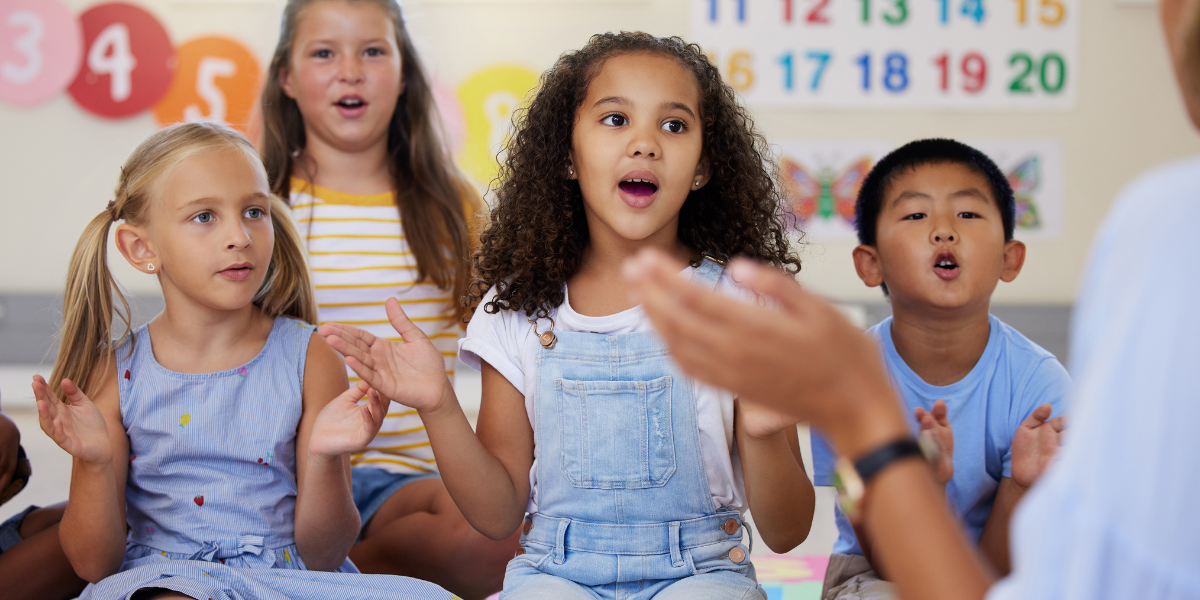
Word Ladders
Write a consonant-vowel-consonant (CVC) word at the top of the page, like “bat.” Say the word out loud, emphasizing the consonant sounds. Then, change one consonant at the beginning or end of the new word (“cat”) and say the new word. Repeat (“cap,” “rap,” “ran,” etc.) and make new as many different words as you can.
Stand Up/Sit Down
Choose two consonants to work on and make one “stand up” and the other “sit down.” For instance, if you use D and T, your child would stand up when they hear “dog” or “hidden,” and sit down for “town” or “bite.” This active learning exercise is great for working out the wiggles.

Consonant Scavenger Hunt
Pick any consonant and hold a hunt to find as many items that use that letter sound as you can. Remember to look for things that include the sound in the middle or end of the word. For instance, if you choose the letter n, you could point to a nut, a banana, or a muffin.
Tongue Twisters
“Peter Piper picked a peck of pickled peppers.” These phrases aren’t just fun to say, they also help kids practice their consonant sounds! Challenge your child to make up their own tongue twisters for every consonant.
Trace and Say
Trace consonant sounds with your finger or a writing instrument, making their associated sound as you do. Be sure to grab our free printable alphabet coloring pages for younger learners, and our letter tracing worksheets for those learning to write.
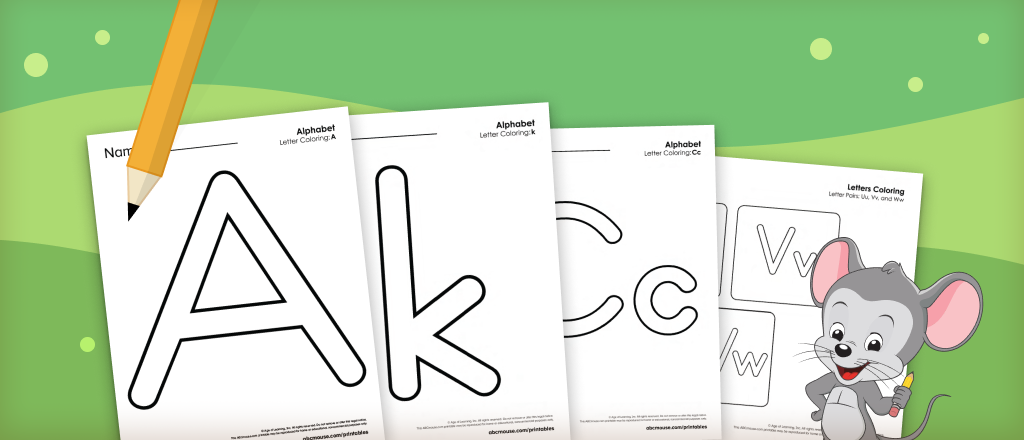
Consonant Videos
Ready for an alphabet adventure? We have one for each letter of the alphabet, including every consonant! Learn with a ladybug on a leaf, or join us for jam and juice! Visit our YouTube channel to watch them all.
Color by Letter
Who doesn’t love to color? ABCmouse has two options for consonant letter coloring pages: color by letter and alphabet pictures. As you and your child color together, come up with a list of words that use that consonant’s sounds.
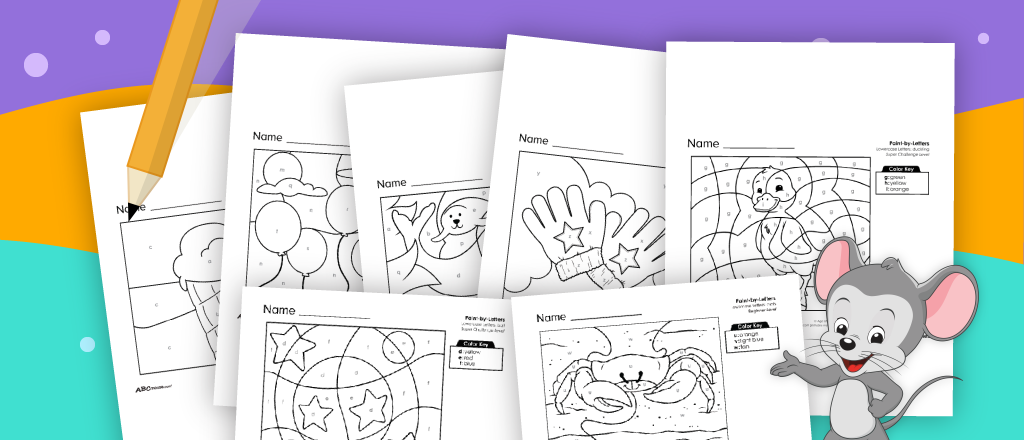
Consonant Song
Singing makes learning more fun, and it also helps the learning stick! Check out the ABCmouse YouTube playlist of alphabet songs to find tunes for all the consonants.
Online Consonant Games
When kids play ABCmouse online games, they learn essential skills like consonant letters and sounds. Here are a few of our favorites. Note: These games may require an ABCmouse subscription to play.
- Kool Kats Silent Letter Story: Help the Kool Kats tell a story by selecting words with silent consonants and choosing the correct pronunciations of these words.
- Last Letter in Line: Modify CVC words to create new words with this simple game that focuses on ending consonant sounds.
- Goldie’s C and G Sounds: Join Goldie the giraffe to identify words that include hard and soft c and g sounds.
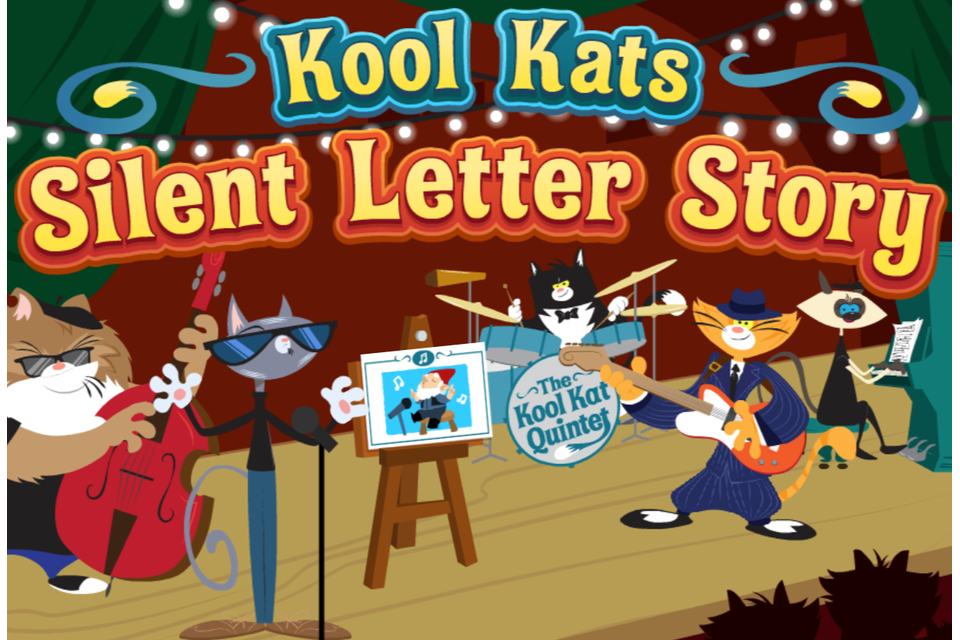
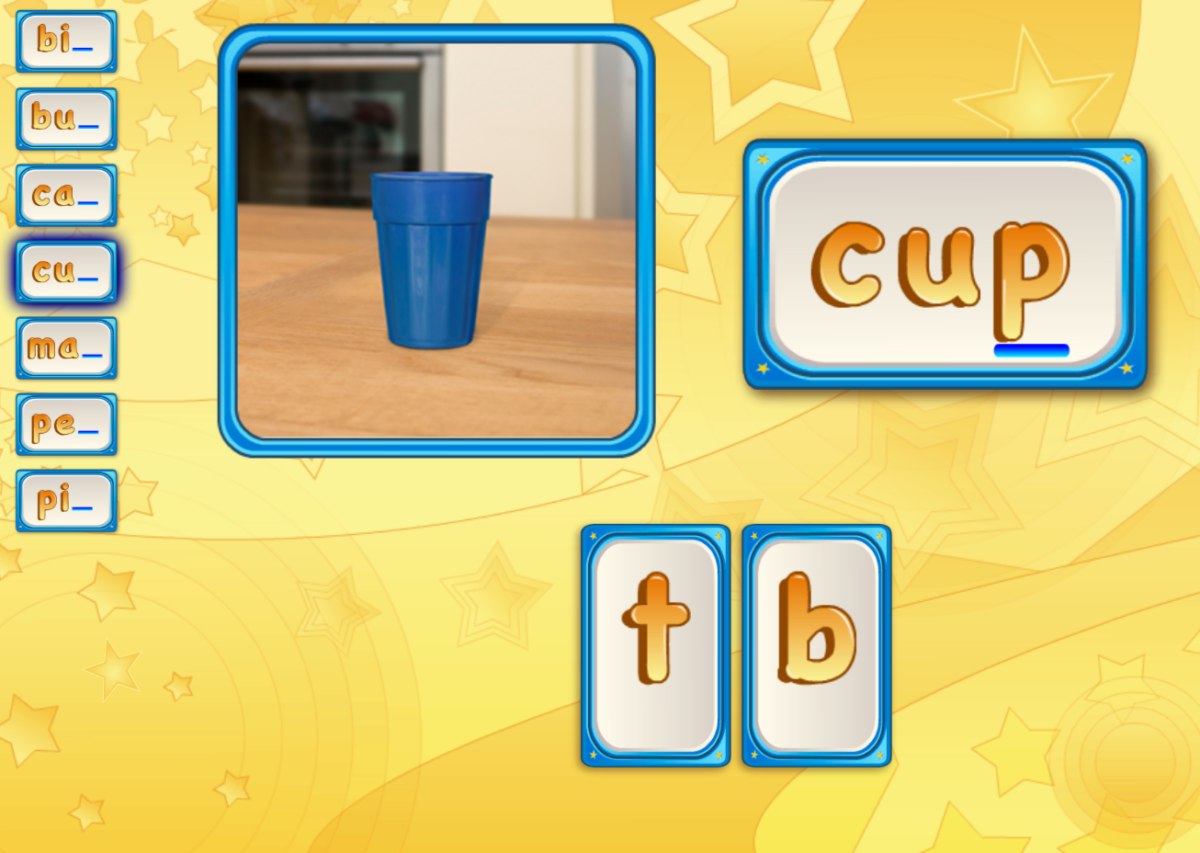
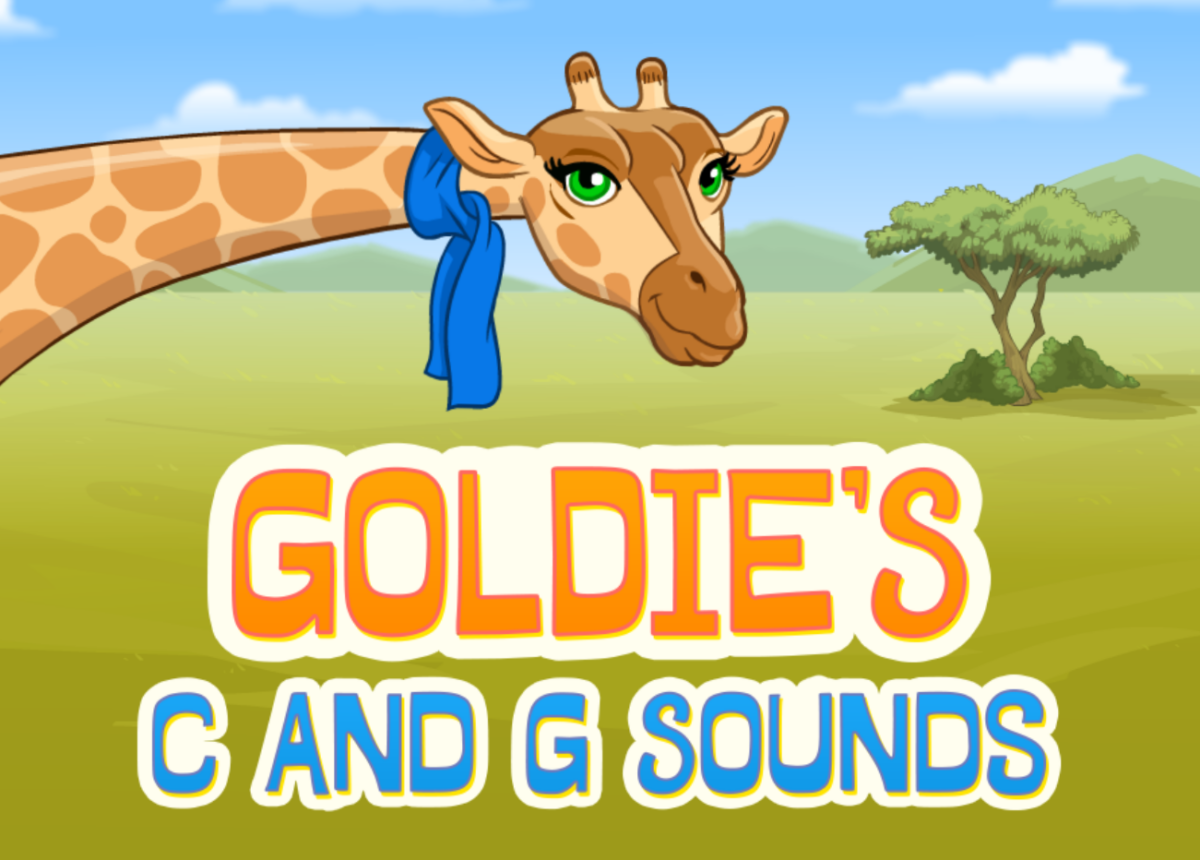
Consonant Blend Worksheets
Blends are the next big step after learning single consonant sounds. These are pairs of consonants that keep their individual sounds while sliding together, like bl, st, or cr. Worksheets make it easy (and fun!) for kids to practice hearing, reading, and writing blends.
For 1st graders, worksheets focus on common beginning blends like sl, tr, and cl. Kids can trace, color, and match words to pictures while practicing these sounds. Check out our 1st grade worksheets here.
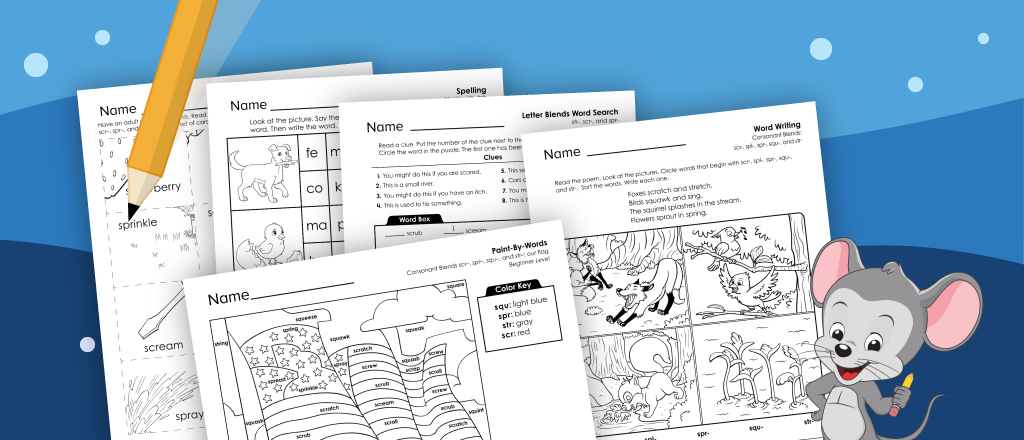
By 2nd grade, children are ready to explore blends at both the beginning and end of words, such as sp, nd, and str. These worksheets include activities like word searches, fill-in-the-blanks, and coloring tasks to keep the practice engaging. See our 2nd grade worksheets here.
With regular use, consonant blend worksheets help children gain confidence as readers and spellers while making phonics practice feel more like play.
How ABCmouse Helps Teach Consonants
ABCmouse’s interactive games and activities can help kids practice all the phonics fundamentals that build the foundation for confident readers, including types of consonant sound.
ABCmouse’s early childhood and elementary curriculum focuses on children in preschool through second and growing fundamental literacy and math skills. When specifically looking at consonants, our program contains activities and games designed to help your child practice proper mouth and tongue formation when working with consonant sounds.
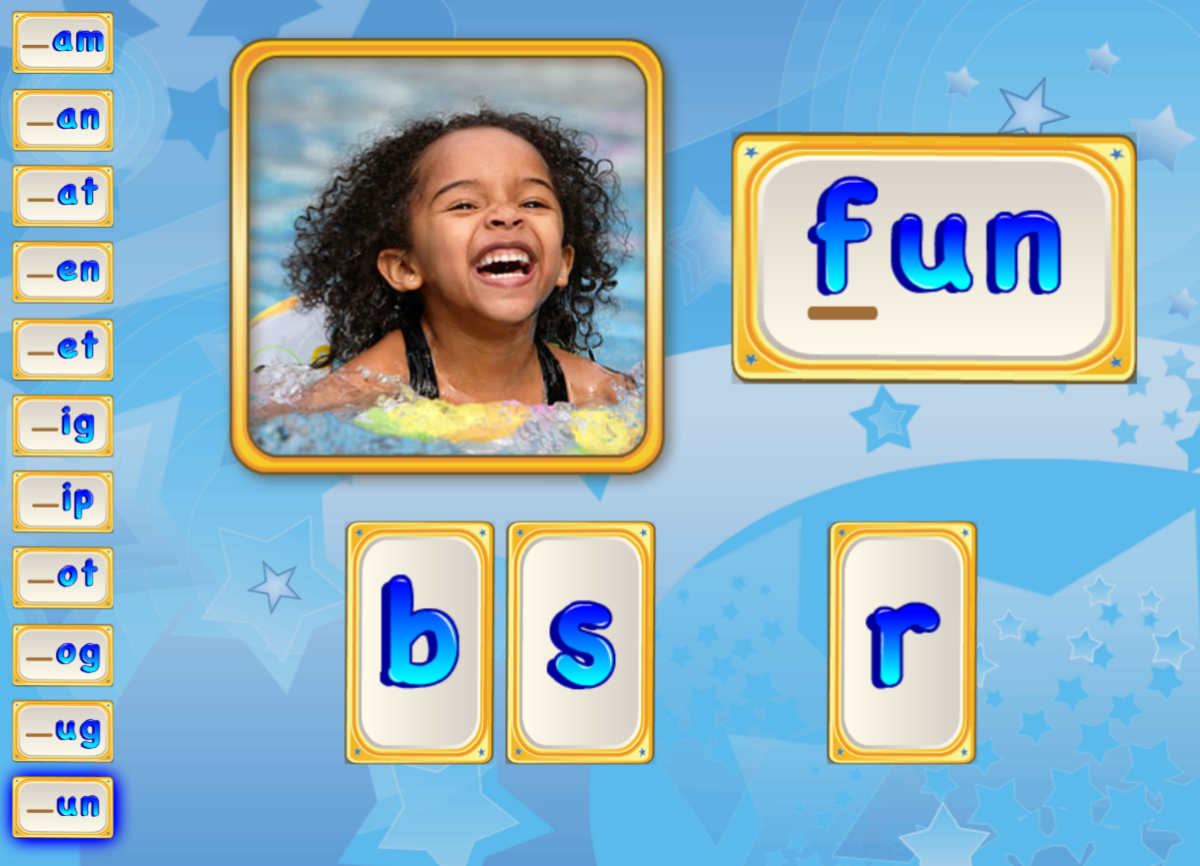
For example, activities such as “First Letter in Line,” help your child listen for and use beginning consonant sounds. The sounds are isolated and then blended to show how letters work to build sounds and words.
ABCmouse also provides entertaining interactions for your child to hear articulation of types of consonant sounds, such as in the book series Alphabet Sounds on the Farm.
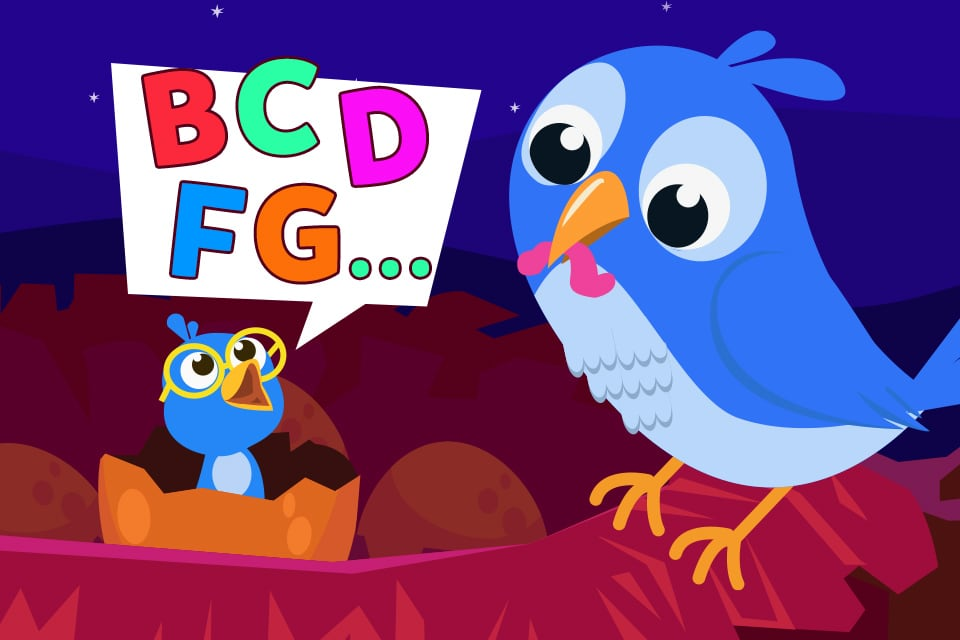
In addition, your child can practice recognizing consonant letters and distinguishing them from vowels through engaging games like Hungry Hatchlings – Consonants.
ABCmouse aims to make learning consonants an engaging and fun experience for children, offering a variety of games, songs, puzzles, and activities that allow many opportunities for practice with consonant sounds.
Additional Resources
ABCmouse offers resources for parents and activities to help children keep learning. Here are a few examples.
Preparing Your Preschooler for Reading
Tips and strategies to help get your preschooler ready to start reading.
Browse ➜
How to Teach Phonics to Kindergartners
Tips and activities to help make learning phonics fun for your kindergartener.
Browse ➜
Free Printable Vowel Worksheets
Check out our collection of vowel worksheets for preschoolers and up.
Browse ➜
ABCmouse’s expert advice review process:
Our team of ABCmouse Curriculum Experts, made up of talented professionals in early childhood education and development, take a close look at educational content and learning claims. They put in the effort to make sure our information is accurate and current. We have a certified educator or another respected authority review the content, matching their expertise with the topic at hand. They’ll make sure the content is thorough and follows the latest research and educational guidelines. If they think we can make things even better, they’ll chat with our editorial team, and we’ll make those improvements right away. Only after a reviewer gives their thumbs-up does a piece of content get the official stamp of approval in the byline.
Legal Disclaimer: Any information, materials, or links to third-party resources are provided for informational purposes only. We are not affiliated with and do not sponsor/endorse these third parties and bear no responsibility for the accuracy of content on any external site.


